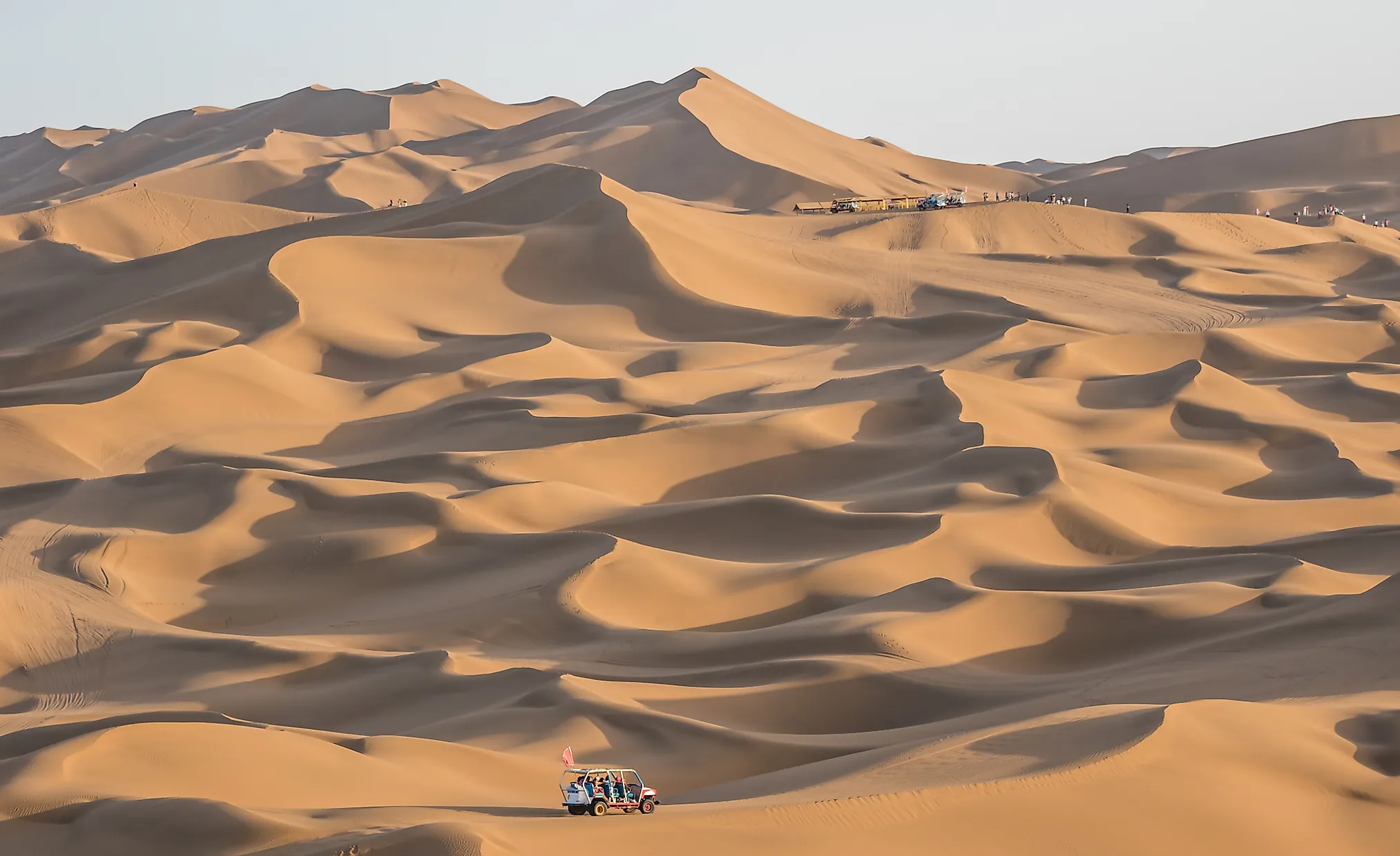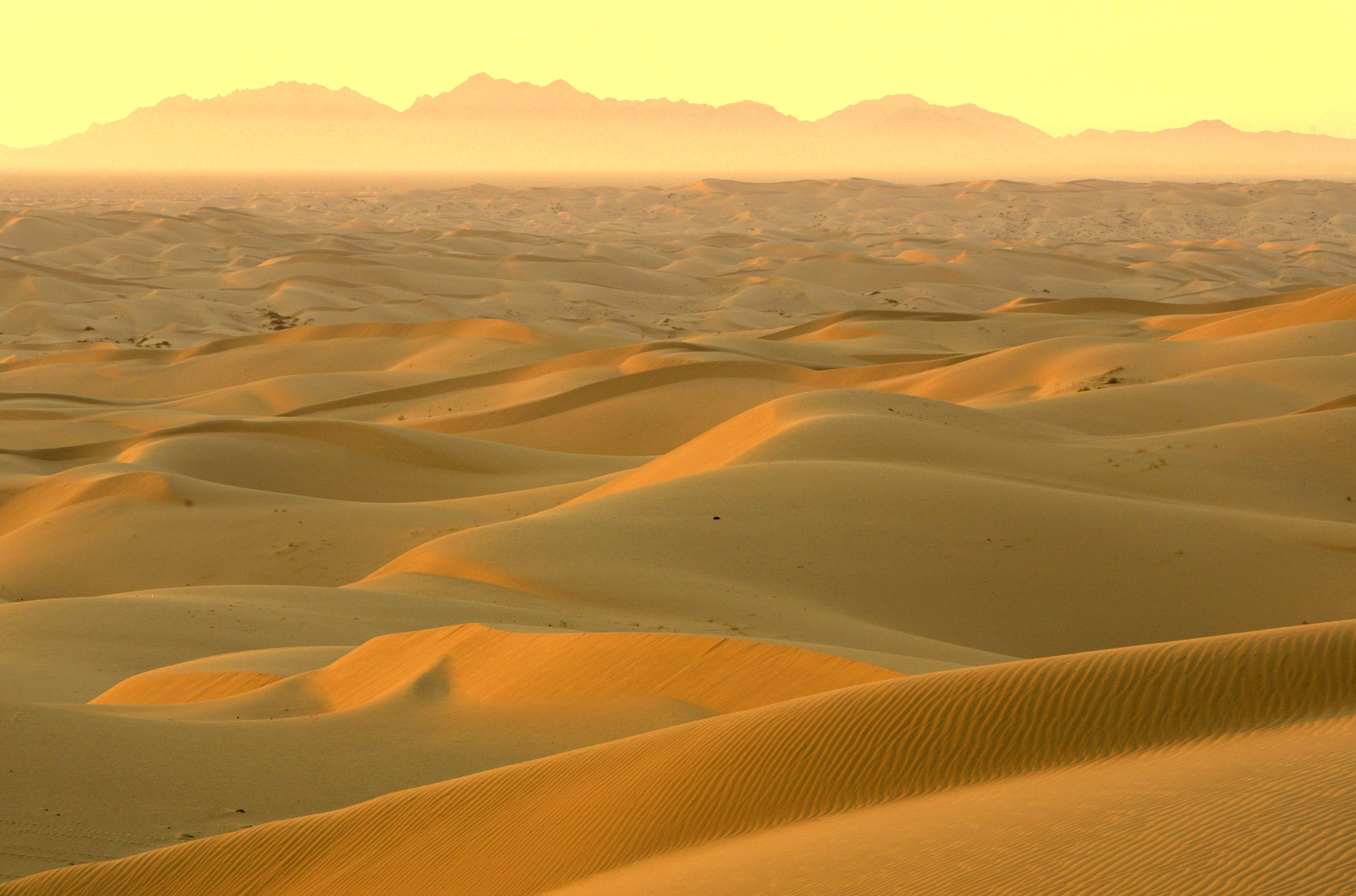

The best trackers account for these tricks, and use imagination to suss out the intention behind tracks and signs. They might switch shoes, or scatter pieces of equipment to delay a pursuing tracker, or change direction abruptly, or go in circles. So they can mislead, by carrying another person on their backs, or fixing a track pattern from a desert animal, such as a camel, horse, or donkey, to their shoes. Drug and arms dealers who do business along the borders with Egypt or Jordan may be just as proficient in the techniques. Nurit Agurīut both sides of this cat-and-mouse game know the desert well. Much can be read about how camels travel through the desert from patterns in their prints. This has blurred the line between the traditional Bedouin practices and modern desert law enforcement. Later the Israeli Defense Forces (IDF) formed a Bedouin Tracker Unit in 1970, which is in charge of finding enemy combatants or drug and arms dealers who cross the into the country. This knowledge formed the basis for the cooperation between the Palmach (the Jewish underground army during the British Mandate for Palestine) and the tracker Sheikh Odeh Abu Muamar, before the foundation of Israel. A roaming camel, on the other hand, skips around from bush to bush with no clear pattern.ĭesert trackers such as Walidie apply this same knowledge to construct a story from a human footprint. Also, a camel being led would not graze nearby bushes, and if it did, it would only be along a set route. If the camel’s droppings contain corn, rye, or any man-made food, then the camel was not grazing. They can also tell whether the camel was being led by person or roaming freely. By the depth of the tracks, a tracker can tell whether a camel was carrying anything on its back. These subtle signs in the desert contain volumes of information to the properly trained eye. When their owners wanted to gather them, they relied on tracks and their feces to find them. The camels sometimes grazed, unattended across vast reaches of desert. Once a week, a family member would come to bring them food and had to track their location. In the not-so-distant past, Bedouin boys would leave their homes in the Negev with their camels and stay alone in the desert for months on end. It was also developed as traditional technique for camel herding. Tracking was how the traditionally nomadic Bedouins-who had no central law enforcement body-guarded their property, herds, and homes, by investigating and chasing down a thief, for example. Adel Walidie is one of the better known trackers in the Negev.

He was the first Bedouin guide in the Society for the Protection of Nature in Israel, and also happens to be one of the better-known trackers in the Negev region. He later served in the Israeli military and then studied in the Interdisciplinary Wilderness Therapy Program in Tel Aviv’s Kibbutzim College.
#A tale in the desert iii crafting how to#
He learned from his father, Walidi, how to raise and train camels. Walidie, who belongs to the Azazme Bedouin tribe, owns a hospitality complex, Ben Midbar (“Child of the Desert”), on a cliff overlooking the crater. The closest place they are grown is in the Aravah. The wolf had eaten dates, and there are no dates in the Ramon Crater, a geological feature in Israel’s Negev Desert, where Walidie’s tent is. From it he can tell that a wolf visited, that it was there a few days before, that it came from the Aravah. He holds in his fingers a dry, crumbling dropping. No human saw this wolf, but Adel Walidie knows its story. It was possible that the camels, the horse, Barbara the dog, maybe the cat had seen it. The Aravah area, to be exact, dozens of miles away.


 0 kommentar(er)
0 kommentar(er)
